When asked, most of the homeowners in the High Prairie Farms Metropolitan District service area, say that they bought their home because of the trees. The trees give our neighborhoods the beauty and distinctiveness that separates them from other areas such as Pradera. There is a feeling of closeness to nature and maturity that only comes with the growth of the trees into majestic proportions. As many of you are aware, the Board of the High Prairie Farms Metro District has dedicated itself to preserving our pine forest as a valuable resource. The Board frequently discusses its purpose and to keep the Board focused, the following mission statement was developed:
The High Prairie Farms Metro District was established to provide a mechanism for efficiently financing, through the use of tax dollars, the maintenance of parks, open space, medians and assist Douglas County with snow removal, which facilitate and sustain the aesthetics and encourages the growth in the market values of the property in the District such as High Prairie Farms/Timbers Subdivisions.
The Board sees protecting the trees as part of that mission. The Board has consistently budgeted your tax dollars maintaining and improving common areas and open space including maintaining and caring for our trees. For the past few years the Board has coordinated with Jill Alexander with Douglas County Wildfire Mitigation, Kristin Garrison, District Forester for the Colorado State Forest Service, Franktown District and Einar Jensen with South Metro Fire Rescue Authority. The Board hired and worked with specialty contractors and arborists to determine the best practices to preserve the trees within the District. The Metro District is currently working with Ray Hardy of High Prairie Tree and Turf, Inc. As a part of its service to the District members and the ongoing care of its trees, the Board has come to realize that forest care and tree health must also include wildfire mitigation, routine tree maintenance and the application of sound forestry practices. Practices which include tree thinning and treatments to prevent infestation by beetles and other insects that threaten the health of our trees.
The drought that has been in place along the Front Range for several years has impacted the health of our trees. The drought weakens the trees, which make the trees susceptible to insect infestation. This causes trees to die and dry out, making wildfire more probable. The Board is developing a Community Wildfire Protection Plan using sound forestry principles to carry out its goal to preserve the trees and protect your homes. This requires active participation with homeowners. The District can only work in the open space. Your homes are surrounded by the open space and many own properties with considerable trees. To treat the open space alone will not protect your property from the ravages of wildfire, insect infestation and tree loss
The Waldo Canyon, High Park, Boulder Canyon fires and our own Burning Tree fire (March, 2011) are recent reminders to all of us that just because we are not in the national forest, wildfire is still a real risk. Had the wind not changed directions in the Burning Tree Fire, the wildfire would likely have jumped across Bayou Gulch Road and burned many of our trees and homes. Not so long ago, in 2002 the Hayman Fire raged over 138,000 acres of the Pike National Forest in southwestern Douglas County.
Because the ‘best-practices’ method requires thinning trees and the reduction of “ladder-fuel”, the Board is asking for input from homeowners. Thinning means cutting weak, bent, and infested trees. It may also require the cutting of some of our big trees so that there is space at the crown of the trees to reduce the threat that a fire will “crown” and jump from tree to tree. It also allows the growth of smaller trees to replace trees that die naturally. Since insects feed on weak trees and tend to invade areas that are densely treed, not thinning the trees invites insects and makes the spread of wildfire more probable. It is a difficult decision to cut a healthy tree, but sometimes necessary. The Board is aware that having clusters of trees properly spaced can prevent the spread of a fire so careful planning is necessary. Failure to take action may mean losing, large portions of our trees, many homes and personal belongings. Even if homes are saved, the area will be scarred for years with blackened tree stumps and a barren landscape of limited vegetation.
The Board would like feedback from homeowners. Homeowners that walk the paths are encouraged to notice that once healthy trees now suffer from insect infestation. Also, take a moment to look at the dense areas. The spindly, bent trees are noticeable. Ponderosa pines need sunlight to grow. The competition for sun, as well as the lack of adequate soil nutrients is also apparent. The Board also invites homeowners to drive through areas of the Hayman Fire that occurred in June of 2002. The devastation is far from mitigated. Homes that were once surrounded by trees are left with reminders of what a fire can do.
The Board can arrange for large group meetings, small neighborhood meetings or meetings within each of the filings and have experts come to talk to homeowners about what needs to be done. There is a great deal of literature about sound forestry practices. Please contact the Board members of your various homeowners associations or the Board of the Metro District to provide your input.
REFERENCES
Most of the documents and references listed below can be found or accessed from the Colorado State University Cooperative Extension website at: http://www.ext.colostate.edu/fire/index.html. Specific agencies and articles most referenced for this document include:
Colorado State University Cooperative Extension, 115 General Services Bldg., Fort Collins, CO 80523; 970-491-6198: Email: resourcecenter@ucm.colostate.edu.
- 6.302, Creating Wildfire Defensible Zones
- 6.303, Fire-Resistant Landscaping
- 6.304, Forest Home Fire Safety
- 6.305, FireWise Plant Materials
Colorado State Forest Service, Colorado State University, Fort Collins, CO 80523 – 970-491-6303.
- FireWise Construction – Design and Materials
- Home Fire Protection in the Wildland Urban Interface
- Wildfire Protection in the Wildland Urban Interface
- Landowner Guide to Thinning
Publications listed above can be accessed via the CSFS link at: http://csfs.colostate.edu
Also, South Metro Fire Rescue: www.southmetro.org (for the “Ready, Set GO” brochure) and to www.firewise.org, Einar Jensen at Einar.Jensen@southmetro.org. He can also provide a “home ignition zone assessment”, free of charge.
The following contractors are known to do tree trimming and tree spraying in the area. The District does not endorse theses contractors. The contact information is merely provided as a convenience to homeowners:
Davey
John Bretsch, Manager
2000 S. Quebec
Denver, CO 80231
303-515-7492
High Prairie Tree & Turf, Inc.
Ray Hardy
303-805-8777
303-549-2843 (cell)
Swingle Tree & Lawn Care
Tom C. Tews
8585 E Warren Ave.
Denver, CO 80231
303-337-0157

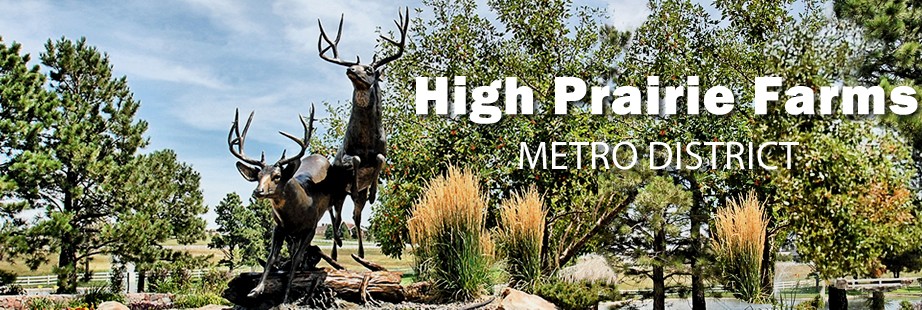
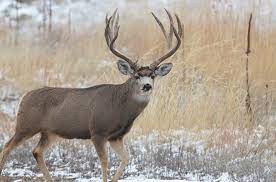
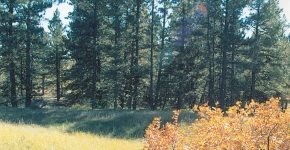
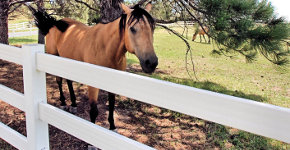
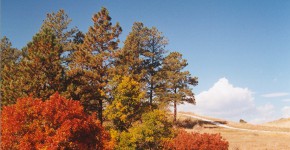
Comments are closed